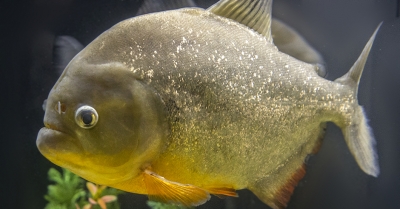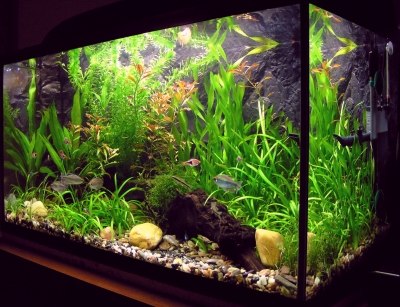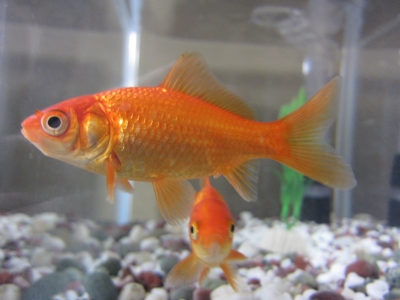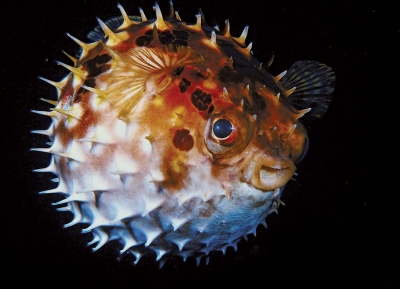Where the terrible piranha fish lives?

The natives of South America are terrified of the piranha fish, a fierce creature that resemble the tiger in its voracity. Piranha fish, which live in the rivers of South America, especially in the region of the Amazon and the Orinoco, can be included among the fiercest animals of the world.
Piranha fish are less than 40 centimetres long but they have massive jaws and strong razorsharp teeth which are like a very sharp saw and cam tear through even the toughest leather. The piranha’s teeth are triangular in shape and fit exactly into one another; with such teeth these fish can tear even large animals to piece.
Cattle are frequent victims of the piranha fish whenever they try to cross a river, but these fish will also attack human beings. When herdsmen want to take a herd of cattle across a river they select the worst beast and throw it into the water first. Attracted by the blood the piranha fish devour the animal while the rest of the herd is taken safely across the river.
Picture Credit : Google



